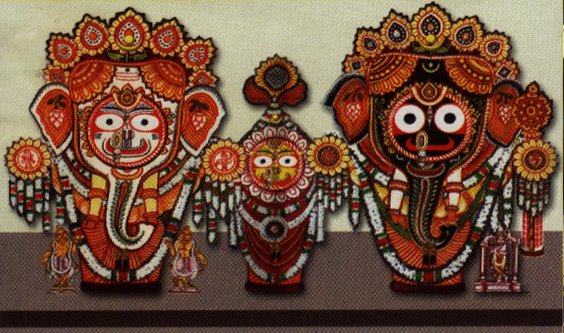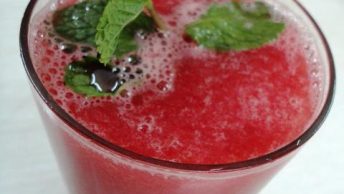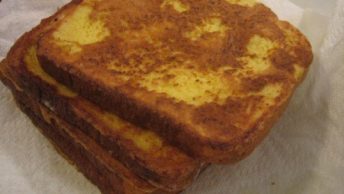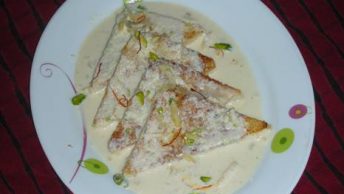“rakta barna sina parbati nandana
dhala kala hati gajata natha
thoda bulain, bhunjanti aranna ku
durlabha ae rupa kara darshana”
The countdown has begun. Today is Deva Snana Purnima, the auspicious full moon day of the month of Jyeshtha, when the Divine Trinity of Lord Balabhadra, Lord Jagannath and Goddess Subhadra will undergo the ritual annual bathing on the Snana Bedi at the Shri Mandira in Puri. 108 consecrated pots filled with water are brought from a well near the Northern gate of the temple, in front of the Shitala Ma temple, called ‘Suna Kuan’. This water is used to bathe the Lords. This is the only time in the year when the water of the ‘Suna Kuan’ is used.
The legend behind this ritual dates back to King Indradyumna – after the three divine idols had been crafted by Vishwakarma, the king wanted them to be duly consecrated after a holy bath, in order to mark their day of descent. And this marked the beginning of the annual ritual of Deva Snana Purnima.
On Jyeshtha Shukla Chaturdashi, the deites of Lord Balabhadra, Lord Jagannath, and Devi Subhadra along with the images of Lord Sudarshana and Lord Madanamohana are ceremonially brought out from the inner sanctum to the Snana Vedi (bathing pandal) in a procession called ‘pahandi’. This special pandal in the premises of Shri Mandira is called Snana Mandap. It is built at a height that enables visitors standing outside the temple to easily get a glimpse of the bathing deities. The bathing festival takes place during the early morning hours of Purnima. The 108 copper vessels are carried from the well to the ‘Sara Ghara’ by a class of servitors called ‘Garabadus’. The ‘Puja Pandas’ or the temple priests, then consecrate the water with haladi, akshata, bena chera, chandan, aguru, flowers, and other fragrances and medicinal herbs. The Garabadus then usher in the holy water from the Sara Ghara to the Snana Mandap in a long single-line procession where the auspicious bathing of the deities are conducted in the final ritual called Jalabhisheka.
Prior to the bathing ceremony the images are covered with ‘paata’ or silken robes and then smeared with ‘rakta chandan’ or red sandalwood. Then the consecrated water is poured over the deities, and the rituals are performed. After the bath the deities are attired and decorated in the ‘Gajanana besha’. Legend has it that once a learned scholar who was a staunch devotee of Lord Ganesha, visited Puri during the Snana Jatra. After duly honouring him, the king asked him to accompany him to the Snana Vedi to witness the holy ritual. The scholar however refused saying that all his devotion was only towards Lord Ganesha. After some persuasion he relented to go, and on reaching there, was dazed to see the three deities on the Snana Mandap appearing to him as Lord Ganesha. The ‘Gajanana Vesha’ is symbolic of this event. The costume and flowers for this vesha are offered by the Gopaltirtha Matha & the Raghavdas Matha.
After the ritual bath, the deities are taken in a ‘bahuda pahandi’ procession not to the ‘Ratna Vedi’ which is their usual seat in the sanctum sanctorum, but to another platform in an adjoining room called the ‘Anasara Pindi’. Here they are kept away from public view for fourteen days, the tradition being that the deities have developed fever after the ritual bath. No cooked food is offered to the deities during this period and only a group of servitors called the ‘daitapatis’ are allowed to attend to the Lords. It is held that some secret rituals are performed by the ‘daitas’ during this ‘anasara’ period. However this fourteen day period is actually used by the ‘daitas’ to give a fresh coat of paint to the idols before they embark on the ‘Ratha Jatra’ on Ashadha-Shukla-Dwitiya tithi. Only the eyes of the Lords are painted by the ‘Puja Pandas’ at the end of the ‘anasara’. The deities then appear fresh, rejuvenated, and completely ‘recovered’ from fever when they appear before the devotees on the fifteenth day in a ritual called ‘Nava Jauvana Darshan’( nava-new; jauvana-youthfulness).
While the deities are in the ‘anasara ghara’, a painting of the deities on palm leaves called ‘Anasara Pati’ is placed on the ‘Ratna Vedi’ as a proxy image. It is also believed that during the ‘anasara’, Lord Jagannath resides in ‘spirit’ in the idol of Lord Alarnath at Brahmagiri, which is why the Lord Alarnath temple at Brahmagiri sees a huge rush of devouts during the fourteen day ‘anasara’ period. Shri Chaitanya Mahaprabhu had also visited the shrine of Lord Alarnath during this period.
As I post this, the ritual holy snana has already taken place, and the deities are still in the Snana Mandap granting darshan to thousands of devotees thronging the Bada danda. May the Jagata ra Naatha, the Lord of the Universe, Lord Jagannath Mahaprabhu bless us all.







